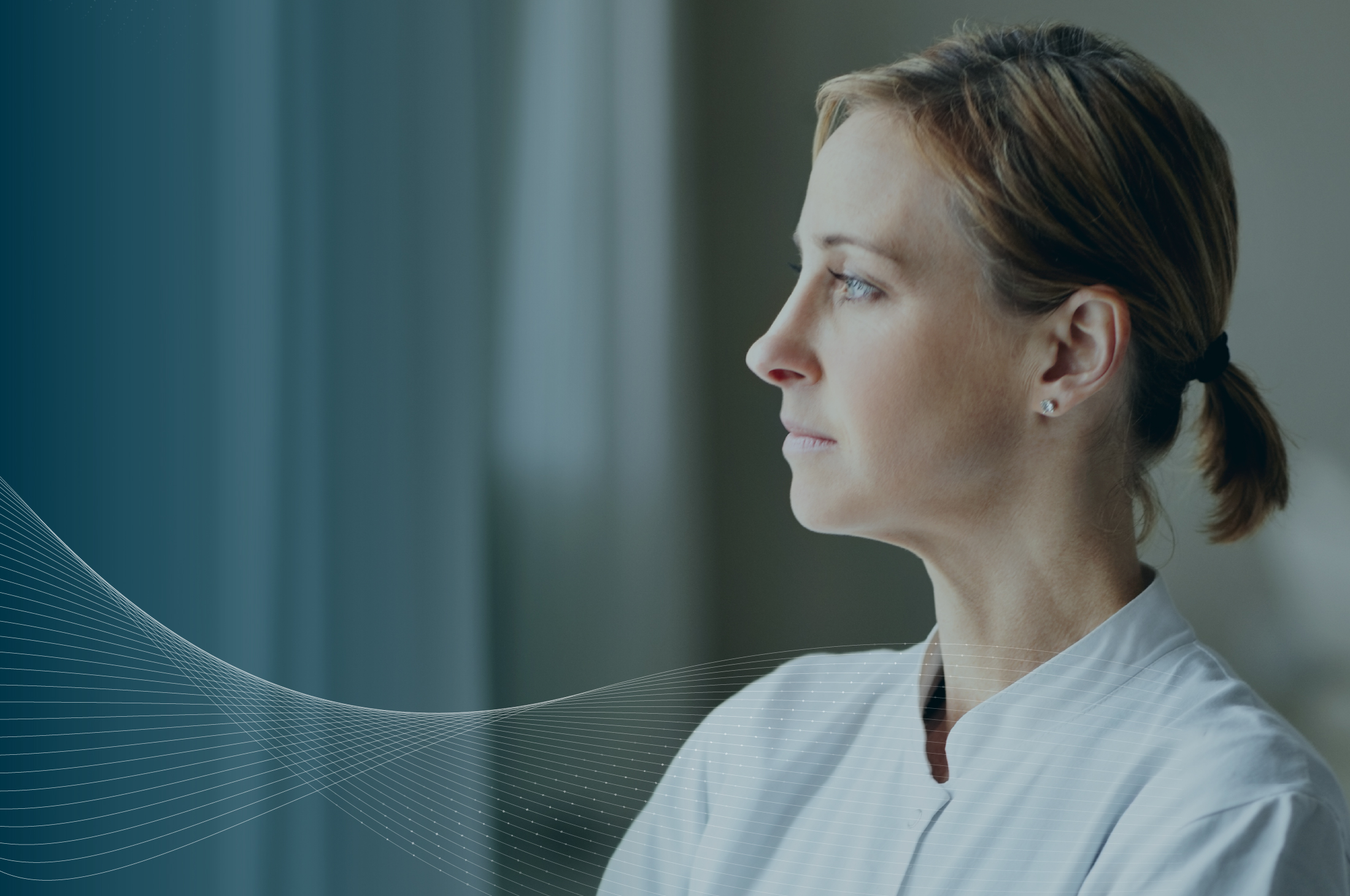Under pressure: Why modern healthcare demands technological innovation and support
Escalating pressures on the healthcare sector, from an aging population to a surge in patient numbers, are multifaceted and growing. Hospitals and healthcare facilities are grappling with providing high-quality care with resources stretched thinner by the day.
A significant part of the strain comes from the burden of repetitive tasks — documenting, weighing patients, measuring vitals — that consume valuable time, which could otherwise be dedicated to patient care. This scenario has spurred a critical examination of how technology can revolutionize the sector.
Increased workload results in higher nurse turnover
The strain on healthcare workers is more than just a statistic; it's a crisis that impacts patient safety and care. The link between the workload of nurses and clinical staff and patient outcomes is undeniable. Studies have indicated that an increased nurse workload is associated with higher inpatient hospital mortality rates. Moreover, the physical and mental toll on nurses contributes to higher sick leave and turnover rates, imposing financial strains on healthcare facilities. The nurse burden is a dire concern, costing the U.S. healthcare system between $22,000 to over $64,000 per nurse turnover.
Aging population burdens the healthcare workforce.
The aging population is another critical challenge. As the percentage of older adults increases, so do the instances of falls, pressure injuries, and other conditions that necessitate meticulous, ongoing care. This demographic shift burdens the healthcare workforce and escalates healthcare costs. For example, the practice of keeping patients longer than necessary to ensure reimbursement underscores the inefficiencies and financial dilemmas plaguing the system.
Automating repetitive tasks
Imagine a healthcare environment where the repetitive tasks of weighing patients, measuring their vitals, and extensive documentation are automated. That would considerably alleviate these burdens. It would not only free up nurses to focus on direct patient care but also enhance patient safety through continuous, precise monitoring.
The economic implications of automating repetitive tasks in healthcare practices are profound. Automated documentation alone could save up to 1.5 hours per shift, while automatic vital sign monitoring could significantly reduce the time spent on routine checks. This technology has the potential to decrease the occurrence of adverse events, like falls or pressure ulcers, optimize the use of hospital beds, and reduce unnecessary extended stays, thereby improving hospital revenue and operational efficiency.
Predictive healthcare
By providing continuous, accurate data on patient vitals and mobility, intelligent healthcare technology can enable early detection of potential health issues, facilitating timely interventions. This shift towards preventive healthcare could fundamentally alter the healthcare landscape, reducing long-term costs and improving patient outcomes.
In essence, integrating advanced technologies into healthcare practices represents a beacon of hope in addressing the sector's most pressing challenges. It’s not just about the technology itself but about the vision it embodies—a future where healthcare workers are empowered, patient care is optimized, and the sector as a whole can confidently and efficiently navigate the complexities of modern healthcare challenges.

